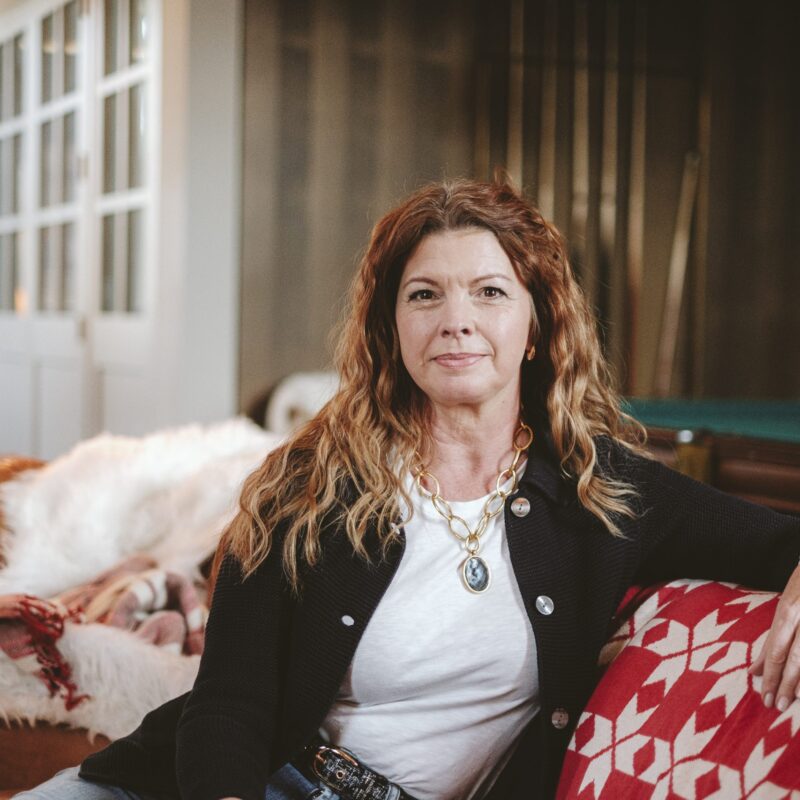Spring is in full bloom and new life is erupting in colors and sounds all around us. Let’s think beyond the birds and the bees and about humans instead. Have you ever felt—with the gloom of winter gone—that life gets sexier? Do the seasons affect our sexual desires? Is spring making us more romantic?
 |
It might seem that way, but anthropologist Helen Fisher claims that fall is the season when humans seem to seek out love and romance. Fisher has researched and written extensively about the evolution of human behavior in books such as Why We Love. She says that men’s testosterone levels are generally higher in the fall, making it the season when they’re particularly interested in sex. But in general, there is no particular season when people are more interested in sex than usual.
In the animal world, many mammalians go through a phase of being “in heat,” usually at certain times during the year. Nature times it this way so that the animals will end up having their offspring at a time of year when their survival chances are highest. Horses mate in spring and summer; dogs go into heat twice a year; and cats can go into heat several times a year. When in heat, these animals are fertile, and females signal to males that they are ready to get humped. Technically, it’s called the lordosis reflex when female rats or mice elevate their hindquarters and arch their spines downwards, letting the males know that they want to mate.
Humans are a bit more sophisticated, although some might call it “unnecessarily complicated.” We don’t always send clear signals to our mates.
Instead of going through the estrous cycle, where a female is sexually receptive at a particular season, women go through menstrual cycles—each at her own pace and unrelated to whether it’s summer, fall, winter, or spring. During each cycle, which typically lasts about four weeks between menstrual periods, many women feel at times more sexual or horny than usual. Some women experience more desire for sex around the time they ovulate (which makes sense from a reproductive stand point), and a few days before their period, some even during menstruation.
In comparison, on top of the additional testosterone burst in the fall, men are almost always ready to have sex. Instead of monthly cycles, they have two simple modes: “on” or “off,” just like a light switch. They do, however, have daily variations in testosterone levels—the hormone that regulates male sex drive—with elevated levels in the morning.
But what is it about the spring season that seems to increase many people’s mood for sex? Well, imagine leaving your cold bedroom, flannel pajamas, and the not very sexy night socks behind at the high (or even low) point of winter and getting on a plane to Brazil. Once you hit Copacabana Beach, chances are that you will feel an increased appetite for life and sex. The heat, waves, sun, and a slew of half-naked bodies will do that to most folks.
Then again, you don’t have to go nearly that far. Look around the Downtown Mall these days. Having put their winter clothes away for good, Charlottesvillians are determined to enjoy the warmer weather, the increased daylight, and life in general. Inspired by signs of spring all around them, they want to make a fresh start—in the bedroom, or, if they are outdoor lovers, in the backyard.
Simply put, you can sense when sex is in the air better when the weather is warm. There are exceptions, however. Remember that three-day snowstorm in early 1996, when we lost power for days? Nine months later, Charlottesville experienced a surge of “blizzard babies,” leaving little doubt about what people had been up to when there was no TV, light and heat in the house.
Annette Owens, MD, Ph.D., is certified by the American Association of Sexuality Educators, Counselors, and Therapists. She sees clients in her Charlottesville office (cvillewellness.com) and answers questions online at LoveandHealth.info and Sexual Health.com. She has co-edited the new four-volume book, Sexual Health (Praeger).





